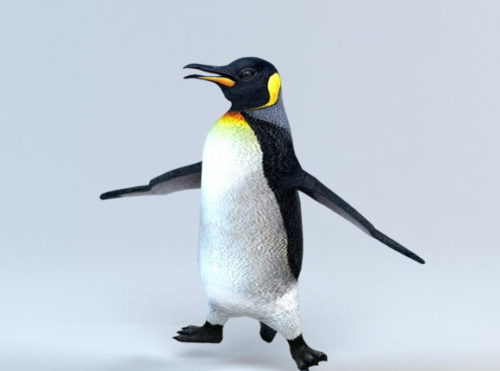
We recommend that you use version 2.1 as this version contains many improvements in the creation of the animations by allowing you to add individual frames to the animation, without creating an animated gif image first.

Initial support for texture animation was added in version 2.0 of the converter and was limited to loading an animated gif image into a material. In order to use texture animations you need the latest version of the Layar3DModelConverter. If you want to present a 3D model to users of older versions, you should export another 元D file with only static images, and use the “version” parameter of the POI request to determine what 3D model file to serve to the user. NOTE: Any 元D files that are saved with a texture animation embedded will only show in Layar client version 3.5 and higher. This is especially important if more 3D models (with animation) are visible at the same time. We have seen good results with more than 25 frames, but we recommend to limit yourself to around 10 frames.

LimitationsĪs each frame of an animated texture has to be loaded in the texture memory on the phone, you cannot put entire movies into a texture. Note that due to the limitation of the mobile phone and the data connection used, there are some limitations that you need to consider. Using texture animation in your 3D model, you can add simple animations that bring the model alive. Implement user authentication in a layer.



 0 kommentar(er)
0 kommentar(er)
